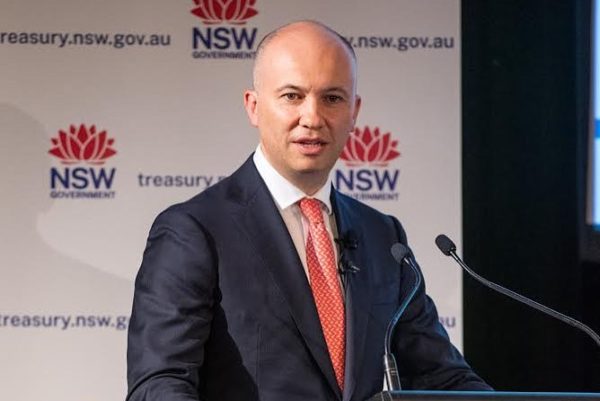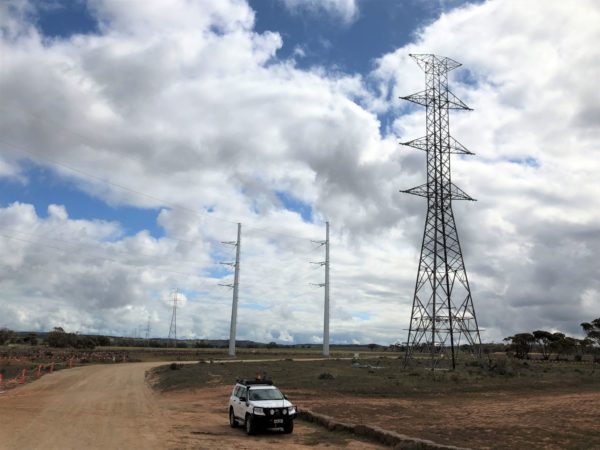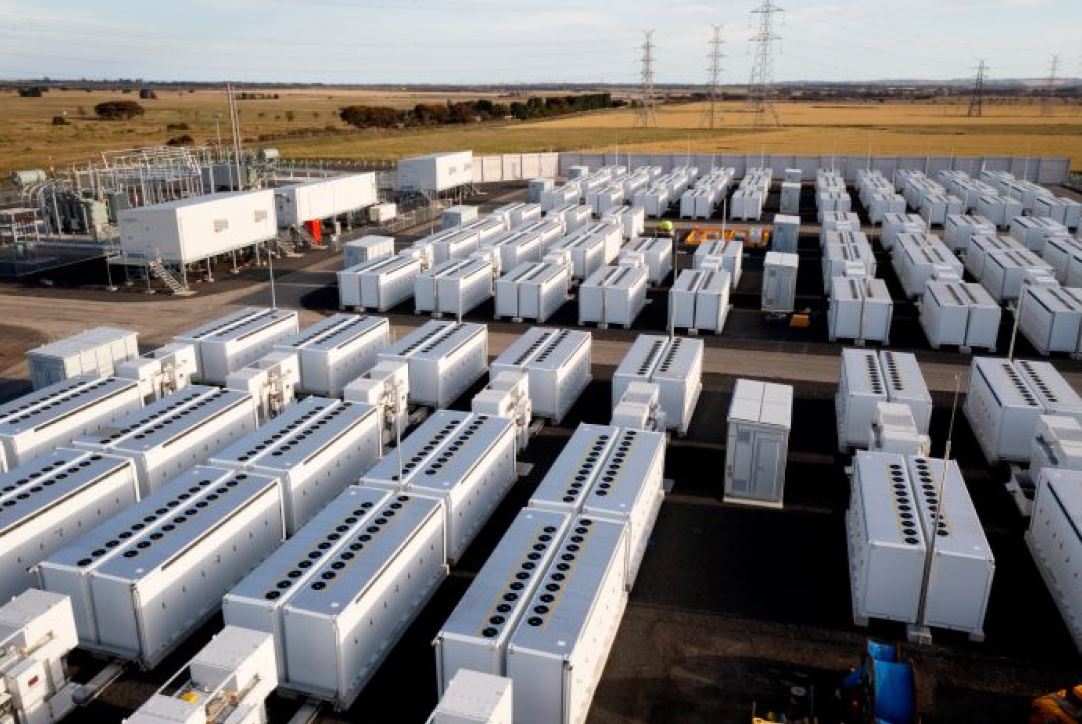The Waratah Super Battery has been declared Critical State Significant Infrastructure as the New South Wales (NSW) government looks to smooth the way for the delivery of what is being touted as the largest standby network battery in the Southern Hemisphere.
The decision was announced on Wednesday, paving the way for the approvals and assessment processes for the 700 MW/1400 MWh battery energy storage system to be streamlined as the state government looks to bring it online by 2025.
The battery forms part of the government’s response to Origin Energy’s announcement in February that it would close the 2,880 MW coal-fired Eraring power station at Lake Macquarie in the Hunter region in August 2025, seven years earlier than previously scheduled.
The government expects the Waratah Super Battery, to be located on the Central Coast, will be fully operational by 2025, releasing grid capacity to ensure Sydney, Newcastle and Wollongong consumers can access more energy from existing electricity generation.
NSW Treasurer and Energy Minister Matt Kean said the declaration of the Waratah Super Battery to be critical infrastructure recognises the immediate priority of the project, describing it as “vital for the state’s energy future”.
“The Waratah Super Battery, with a capacity of 700 MW, will be the largest standby network battery in the Southern Hemisphere, acting as a giant shock absorber so that transmission capacity currently kept in reserve can be freed up to transfer energy to consumers,” he said.

Image: Matt Kean / Facebook
Kean said there is currently existing generation that consumers cannot access because of constraints in the transmission network. The new battery will allow this reserve transmission capacity to be freed up. It does this by absorbing any power surge, keeping the transmission system within its technical limits if there is an energy shock.
Contracts to deliver the Waratah Super Battery are expected to be awarded later this year after an expressions of interest process conducted earlier this year attracted more than 30 proposals from around the globe.
The government has yet to reveal a final site for the project but said a number of parties have shown interest in building the battery on NSW government-owned land, including the former power station site at Lake Munmorah next door to the Colongra Power Station on the Central Coast.
Meanwhile, transmission upgrades that will ultimately link power grids across three states and connect Snowy 2.0 to the grid have received final environmental approval from the NSW government.
The state government on Wednesday announced it had approved nine kilometres of transmission lines to connect the Snowy 2.0 project to the grid. It also approved the eastern NSW section of the 900km EnergyConnect transmission interconnector that will link power grids across NSW, South Australia and Victoria.
The EnergyConnect project, a joint venture between NSW transmission company Transgrid and South Australian network owner ElectraNet, will link Wagga Wagga in NSW to Robertstown in South Australia, via Buronga with an additional ‘spur’ link between Buronga and Red Cliffs, in Victoria.

Image: Electranet
Construction of the project, which has already been approved by the energy regulator, has already begun in some parts. Work on the South Australian portion of the project commenced in February and Transgrid said its construction partner SecureEnergy JV had started work in June on the 135km western NSW section of the project, between Buronga, near Mildura, and the South Australian border.
While the 540km eastern NSW section, which will stretch from Buronga to Wagga Wagga, still requires a green light from the federal government, Transgrid chief executive officer Brett Redmond welcomed the state government’s tick of approval.
“We are pleased the NSW Minister for Planning has cleared the path for us to progress the second half of our $1.8 billion interconnector project,” he said.
“Today’s planning approval adds momentum to this once-in-a-generation transmission project that will reshape the National Electricity Market, making it possible for Australians to access cleaner and cheaper energy,”
Redman said more than 200 people are already working on the project, with delivery expected in late 2024. A 30-hectare accommodation camp and laydown with office facilities is taking shape at Buronga, to accommodate up to 340 workers. The existing Buronga substation will also be expanded to become one of the largest in Australia. Later this year, crews will build the foundations needed to erect the first of 1,500 transmission towers.
Work on the South Australian stretch of project also continues to progress, with the diversion of the Mokota and Canowie transmission lines now complete.
Electranet said this week that monopoles that were installed in February this year were successfully strung and connected to the augmented works at the Robertstown Substation. Work is also continuing along the interconnector route, with the installation of tower footings.
This content is protected by copyright and may not be reused. If you want to cooperate with us and would like to reuse some of our content, please contact: editors@pv-magazine.com.









1 comment
By submitting this form you agree to pv magazine using your data for the purposes of publishing your comment.
Your personal data will only be disclosed or otherwise transmitted to third parties for the purposes of spam filtering or if this is necessary for technical maintenance of the website. Any other transfer to third parties will not take place unless this is justified on the basis of applicable data protection regulations or if pv magazine is legally obliged to do so.
You may revoke this consent at any time with effect for the future, in which case your personal data will be deleted immediately. Otherwise, your data will be deleted if pv magazine has processed your request or the purpose of data storage is fulfilled.
Further information on data privacy can be found in our Data Protection Policy.